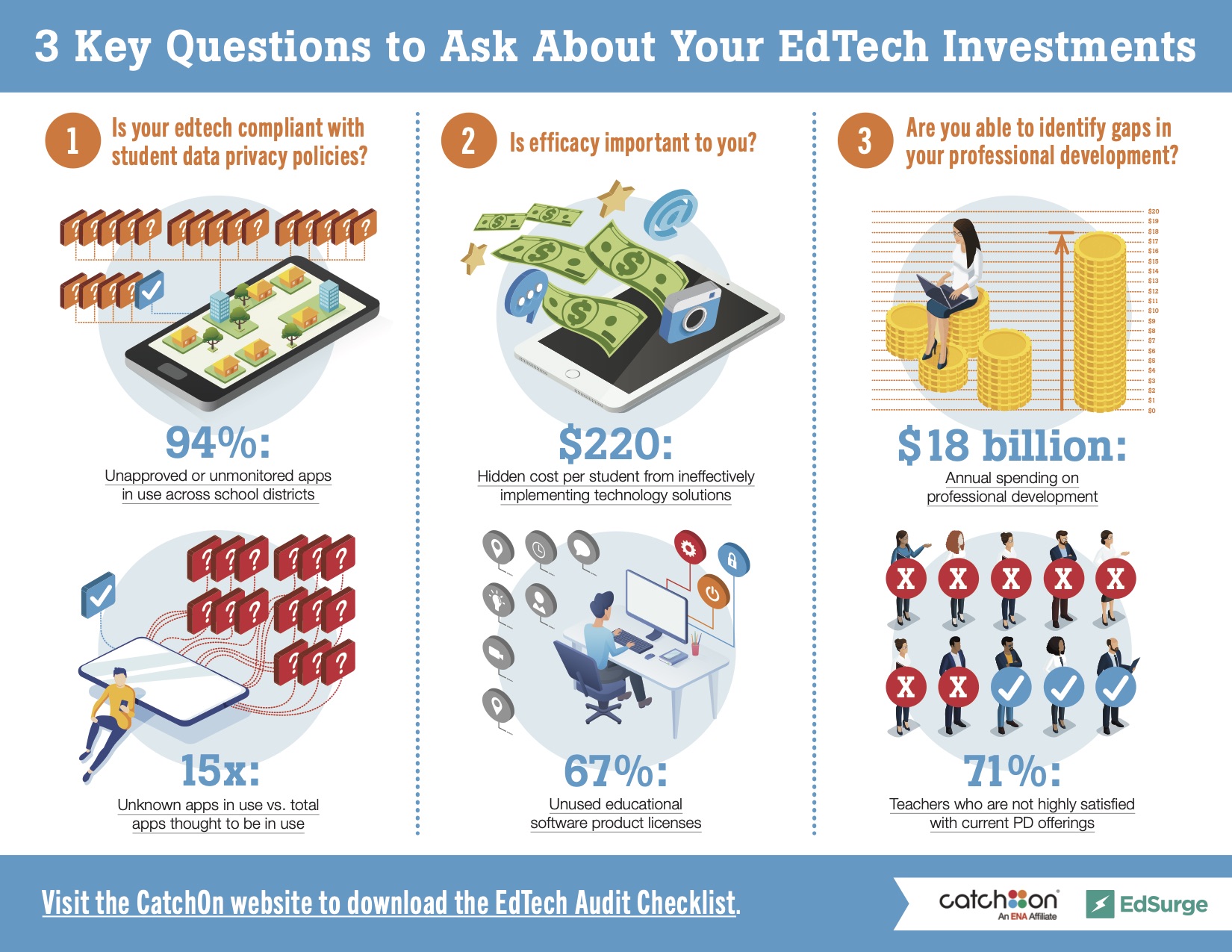IM 690 lab
https://blog.stcloudstate.edu/ims/2020/02/07/im-690-vr-and-ar-lab/
Digital Literacy for St. Cloud State University
https://blog.stcloudstate.edu/ims/2020/02/07/im-690-vr-and-ar-lab/
https://www.neweurope.eu/article/facial-recognition-technology-breaches-gdpr-says-vestager/
Margrethe Vestager, EU’s tech chief Margrethe Vestager said on Thursday that facial recognition technologies breach the need to give consent, which is stipulated in Europe’s data protection rules (GDPR).
“China might have data and the US might have money, but Europe has purpose,” the Commission’s VP for a Europe Fit for the Digital Age said.
The use of facial recognition technology remains highly controversial due to fears of China-type surveillance regimes and human rights violations, with Ursula von der Leyen, EC President pledging to distance Europe from these practices and to announcing new AI ethical and human-centred rules in the first 100 days of her mandate.
++++++++++++++
more on facial recognition in this IMS blog
https://blog.stcloudstate.edu/ims?s=facial+recognition

la
++++++++++++
more on languages (computer, natural) in this IMS blog
https://blog.stcloudstate.edu/ims?s=language
https://www.lifewire.com/what-is-the-google-voice-verification-code-scam-4774978
++++++++++++++++++++
More on privacy in this IMS blog
https://blog.stcloudstate.edu/ims?s=privacy
https://www.vrfocus.com/2020/02/the-virtual-arena-the-standalone-lbe-vr-experience/
please use this D2L discussion thread to log your thoughts regarding the readings below
https://stcloudstate.learn.minnstate.edu/d2l/le/4819732/discussions/threads/43535382/View
https://elitevrtraining.com/instructional-design-in-virtual-reality-experiences/
reading this short article, what are the questions, VR poses to IDs (e.g. SCORM for things like learner picked up the correct tool.)
why do you think creating higher order thinking learning objectives for a virtual reality training
https://www.360immersive.com/instructional-design/
In this conversation between Monica Price and David Cleverdon, what is the most striking idea, you gathered?
Do you think Monica is right when she says that only “see and hear” is not that potent to let us learn?
Can you elaborate on Monica’s thoughts regrading the connection between simulation and retention (e.g. Imo’s group final project can argue that their project for new employees training is superior to the current training with the ability for the employee to repeat the simulation until they think, it is retained)
Allen claims that traditional ID does not translate to VR ID. Do you agree and why?
VR is supposed to be more engaging then 2D. Why?
Which of the six steps do you find important and why?
https://elearningindustry.com/instructional-design-strategies-virtual-reality-learning
which of the three instructional design strategies you find most appealing and why?
About 95% of American public schools conduct some form of regular active shooter safety drill — sometimes called a lockdown or active threat drill — according to the National Center for Education Statistics. But concerns are growing that these drills have not been proven effective in preventing violence and that they may even traumatize some students.
In a 2019 research paper, James H. Price and Jagdish Khubchandani found a lack of empirical evidence in favor of active shooter drills and other “hardening” measures used in schools. Partly this is because gun violence in school remains very rare.
And yet, the school security industry is worth a reported $3 billion. Guy Grace with the Partner Alliance for Safer Schools, an educator and industry partnership, insists that twice a year active shooter drills for students are an important piece of violence prevention.
I was trying to think of something to do with my spare pi zero… from r/raspberry_pi